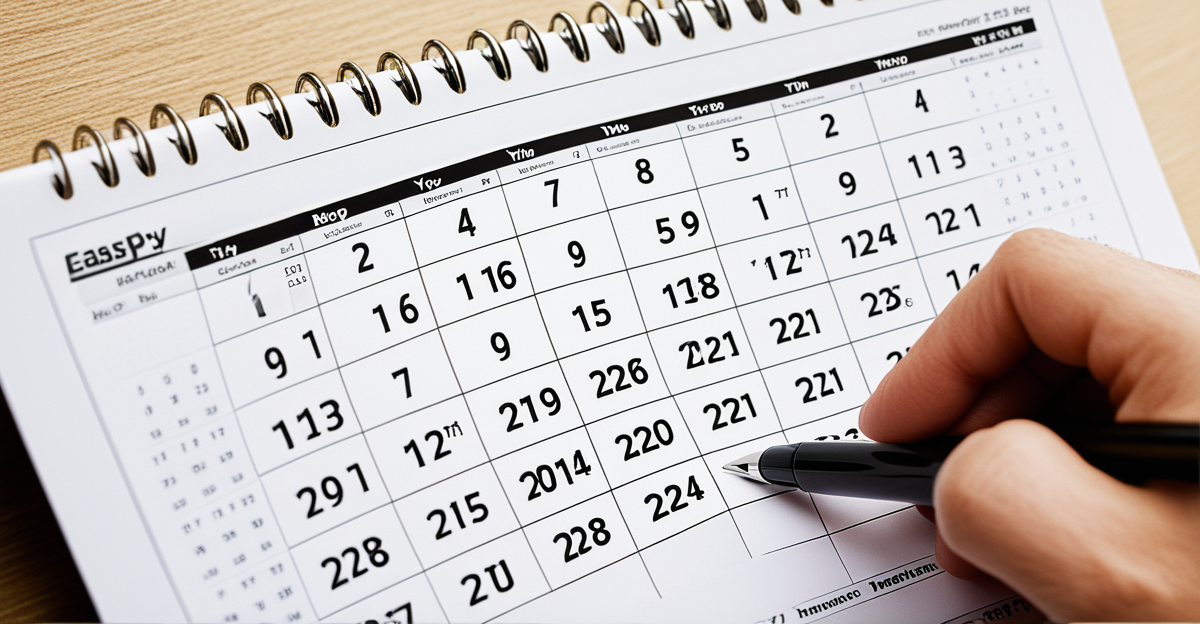Synchronizing calendars shouldn’t feel like a juggling act. With effortless calendar sync solutions, streamline your schedule in just minutes and eliminate the chaos of double-booking. Understanding how to effectively sync platforms like Google Calendar, Outlook, and Apple Calendar empowers you to manage your time more efficiently. Discover practical tips, essential features, and tools that transform scheduling into a seamless experience, enhancing both productivity and work-life balance.
Overview of Calendar Synchronization Solutions
In today’s fast-paced environment, syncing calendars across devices is vital for managing professional and personal schedules efficiently. People often juggle multiple accounts like Google, Outlook, and iCloud, necessitating the need for seamless integration. Several robust tools facilitate this process, ensuring all events and commitments are in sync to prevent double bookings and enhance productivity.
Have you seen this : Effective and Safe SSO Implementation with SAML: Top Proven Strategies Unveiled
Modern calendar synchronization solutions encompass a variety of methods and apps, each tailored to different user needs. Tools like Reclaim.ai and CalendarBridge stand out, offering features such as two-way synchronization and privacy controls. Reclaim.ai allows users to customize event synchronization and manage invites via Slack, focusing on work-life balance with smart meetings and no-meeting day features. CalendarBridge is appreciated for its real-time sync capabilities across platforms like Google and Outlook, while safeguarding user data with minimal permissions and secure connections.
If you’re exploring efficient calendar synchronization options, the service detailed on the official syncthemcalendars.com website provides a straightforward setup process. It supports services like Google Calendar, Office 365, and Outlook.com, offering real-time event synchronization with privacy options. With a free trial, users can experience care-free management of multiple calendars without initial financial commitment.
Have you seen this : Ultimate Guide to Mastering Automatic Backup and Restore for MongoDB on AWS: Expert Tips Included
Setting Up Calendar Synchronization
Step-by-step guide to setting up sync between Google Calendar and Outlook
Synchronizing Google Calendar with Outlook enhances productivity by providing users with a comprehensive view of their schedules. To initiate this process, access Google Calendar through a web browser and navigate to the Settings menu. Under the “Integrate Calendar” section, copy the Secret address in iCal format. Open Outlook, go to Account Settings, and under the Internet Calendars tab, click on New. Paste the URL you copied from Google Calendar, then follow the prompts to complete the setup. This integration will update both calendars in real-time, reflecting changes instantly across platforms.
Configuring sync settings for Apple and Google calendars
For users favoring Apple devices, synchronizing Apple and Google calendars can be done seamlessly. On your iPhone or iPad, go to Settings, tap on Accounts & Passwords (or Mail for older versions), and add your Google account by entering your credentials. Ensure the Calendars option is toggled on to enable synchronization. This pairing allows you to manage all events in one place without jumping between apps.
Advanced features for optimizing calendar synchronization
Maximize your calendar’s potential by exploring advanced synchronization features. Tools like Reclaim.ai and SyncThemCalendars offer options that go beyond simple syncing. You can manage event types, block specific times as unavailable, and maintain privacy by marking events as personal. Implementing these features creates an organized calendar landscape that caters to specific needs while maintaining a balanced work-life schedule.
Troubleshooting Common Calendar Sync Issues
Calendar synchronization is essential for maintaining an organized schedule, yet it often comes with its own set of challenges. By identifying and resolving these common synchronization problems, users can enjoy seamless calendar integration.
Identifying and Resolving Common Synchronization Problems
Many users face issues such as duplicate entries, missing events, or calendars not updating in real-time. These can often be attributed to conflicts between different platforms or outdated software. To resolve these, ensure all applications are up to date and double-check your sync settings. Regularly clearing cache and data can also help reduce errors.
Tips for Maintaining Calendar Privacy and Security During Synchronization
When syncing calendars, privacy is a priority. Tools like CalendarBridge and SyncThemCalendars offer features where users can choose which details to sync and hide event specifics. Implement strong password policies and consider enabling two-factor authentication for added security.
Resources for Assistance and Support with Syncing Tools
If problems persist, support is often available through the tool’s documentation or user community forums. Engaging with these resources can provide tailored solutions and guidance on optimizing sync settings, thereby enhancing your overall calendar syncing experience.
















